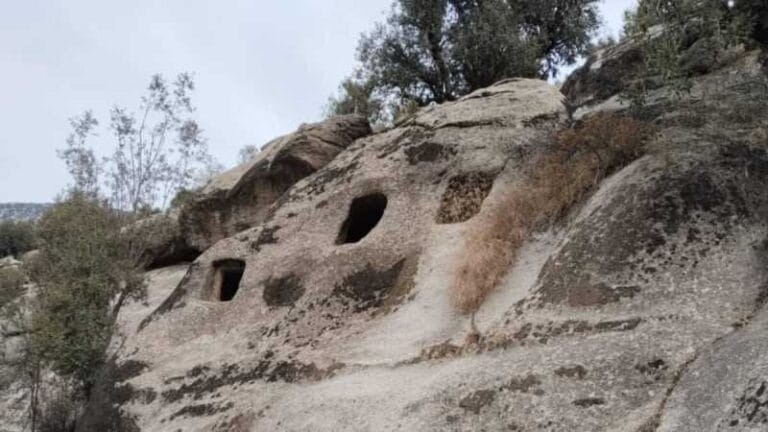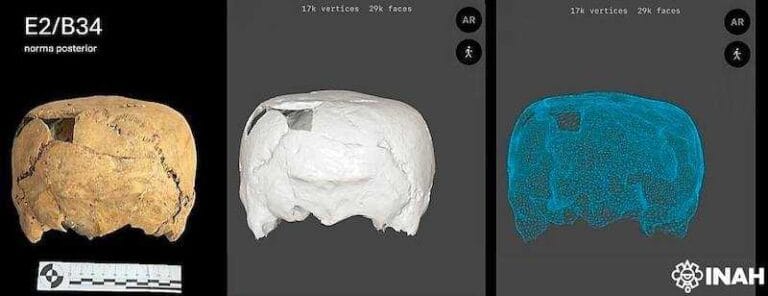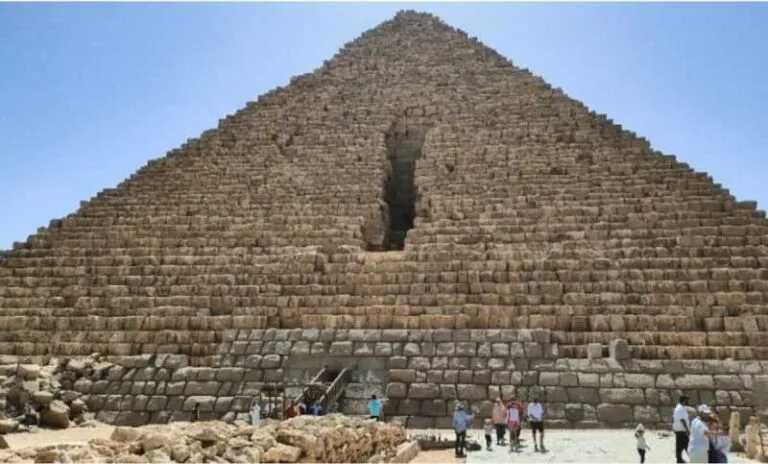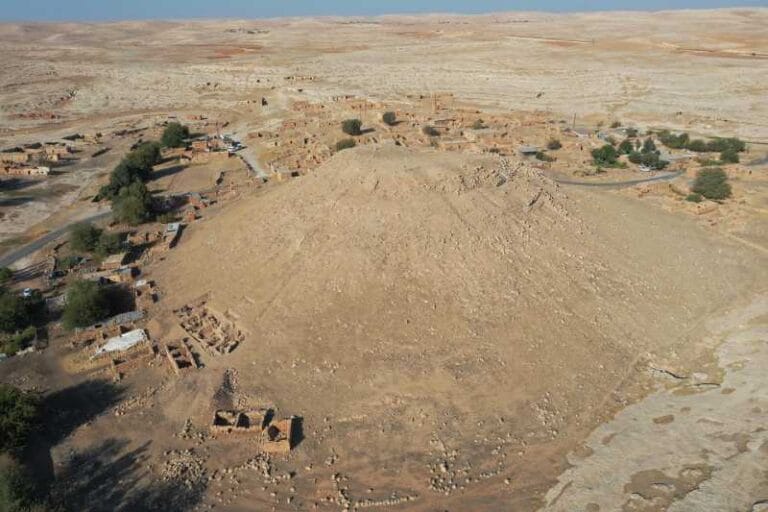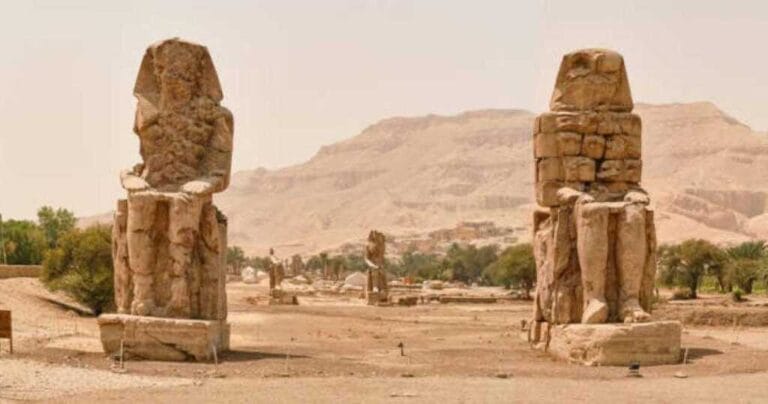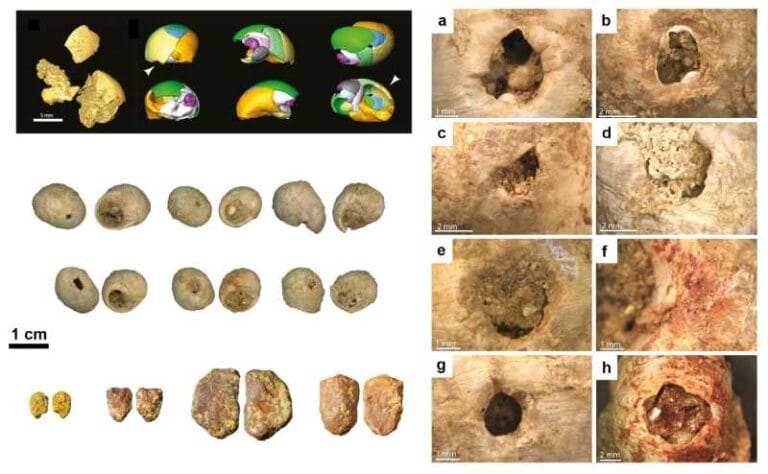Hymn to Babylon discovered
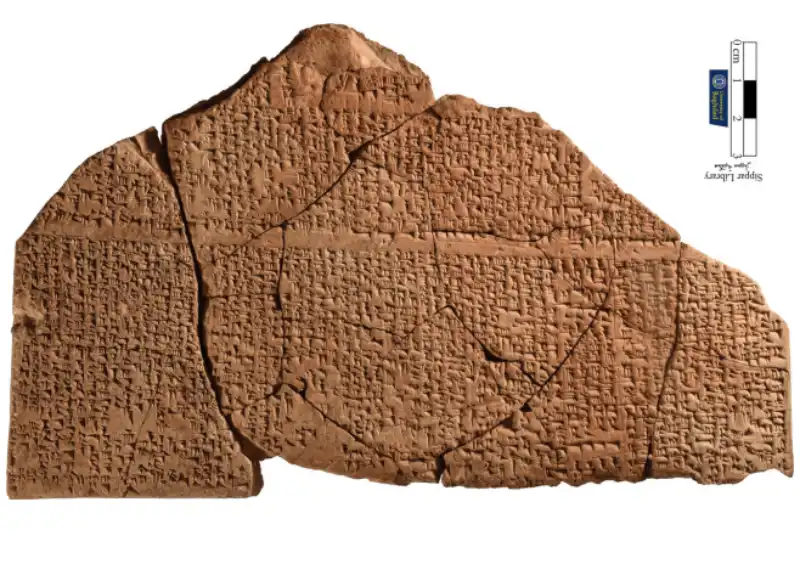
A hymn in Akkadian, dating from between the 7th and 1st centuries BC, has been discovered. The composition, which extols the city of Babylon, its temple, and its inhabitants, was previously unknown to specialized literature, although it was present in at least 20 manuscripts from different periods and origins.
According to authors Anmar A. Fadhil and Enrique Jiménez, the text brings together religious, cosmological, and ethical elements, revealing a rare example of Babylonian literature that describes the city not only as a political and spiritual center, but also as a model of moral conduct. “The text contains unparalleled descriptions of the healing powers of Marduk, the splendor of Babylon, the spring brought by the Euphrates to the city’s fields, and—most extraordinary of all—the generosity of the Babylonians themselves,” the researchers say in an article published by the journal Iraq, from Cambridge University Press.
The hymn circulated for centuries and was widely used in the teaching of scribes. Its recurring presence on school tablets indicates that the text was part of the curriculum of Mesopotamian schools. Fragments have been found in Sippar, Babylon, Nineveh, and Assur, confirming its spread throughout southern Mesopotamia during the first millennium BCE.
The composition was probably memorized by students, a common practice in scribe schools, where mastery of literary tradition was central to professional and religious training.
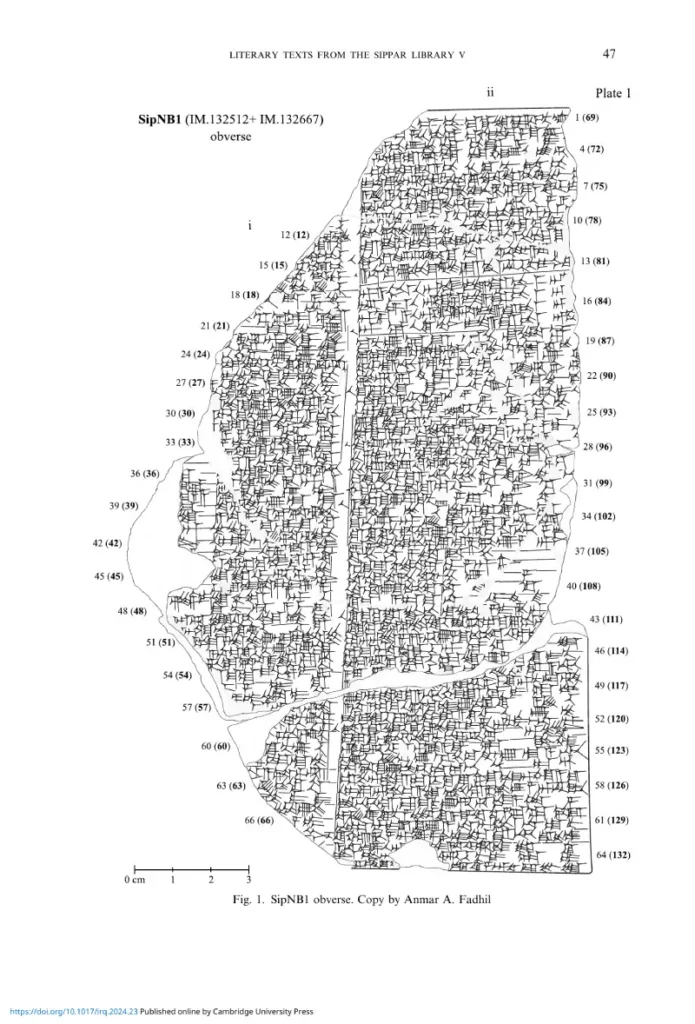
The text is divided into six sections: a hymn to Marduk; a second hymn, now from a god addressed to Marduk; praises to the Esagil temple; to the city of Babylon; to the Babylonian people; and a damaged final section, whose exact content is still uncertain.
In the second section, the deity addressing Marduk states: “You sweeten the words of the afflicted before all like honey.” The same passage exalts the god as the one who “supports the weak” and “reconciles the angry gods.”
The text also associates Marduk with the three elemental forces of the universe—water, fire, and air—linking them to the gods Ea, Anu, and Enlil. This relationship appears in other Babylonian traditions, such as in the syncretic hymn Eriš šummi, and reveals a worldview in which the organization of the world is attributed directly to the city’s guardian deity.
In describing Babylon, the author states that its “ordinances are perfect” and that the city is “a heap of precious stones.” The most lyrical passage is the description of the arrival of spring, brought by the waters of the Euphrates, which fertilize the fields, feed the herds, and cause the grains to sprout.
According to Fadhil and Jiménez, this type of naturalistic description is rare in Akkadian literature. “Only one other similar passage about spring is known, in the cosmogonic prologue to the poem The Ox and the Horse,” they note.
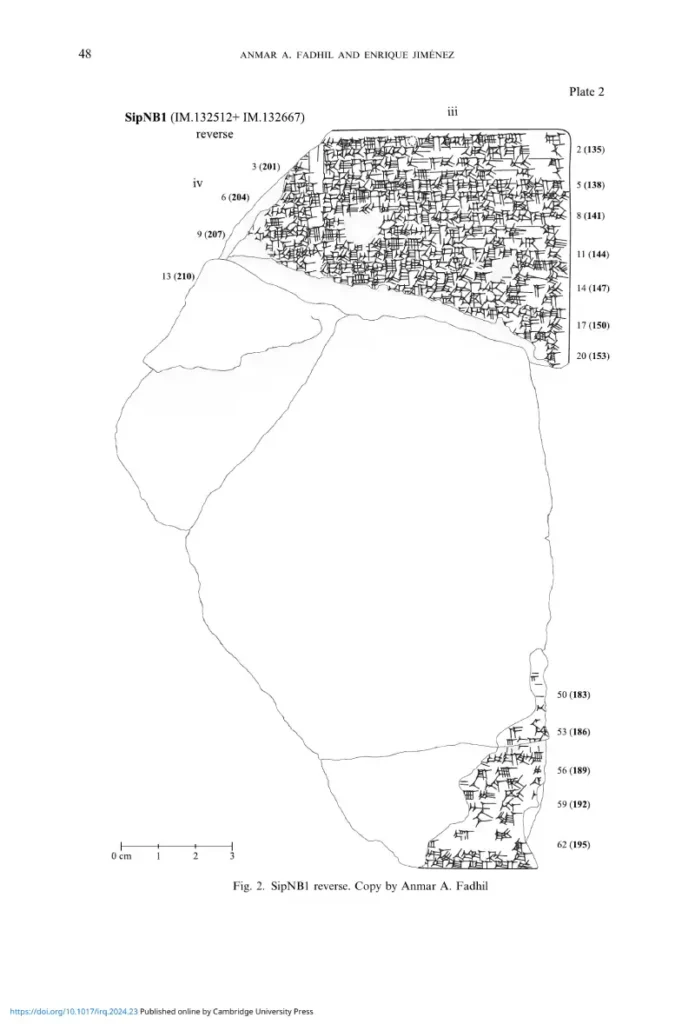
One of the most relevant contributions of the text is the idealized portrait of the citizens of Babylon. They are described as protectors of orphans, followers of divine laws, and respectful of foreigners. One passage suggests that this virtue applied especially to priests from other regions who lived and worked in Babylon.
“Babylonian women are also highlighted, especially priestesses,” write the authors. “The main feminine values extolled in the text are devotion and discretion.”
The hymn ends with a formula of recognition: “These are the ones who were freed by Marduk.”

